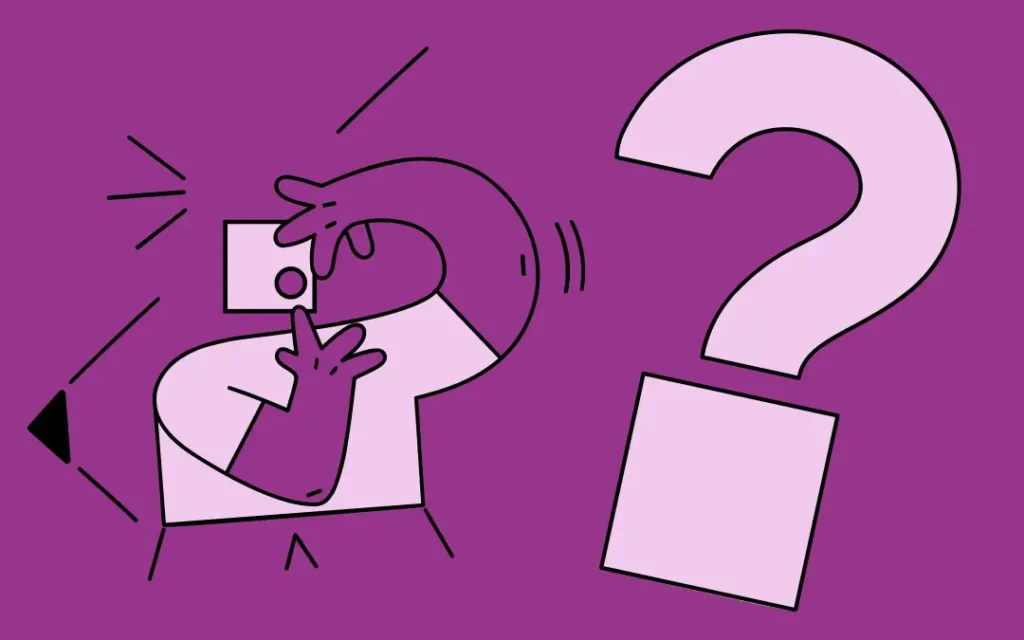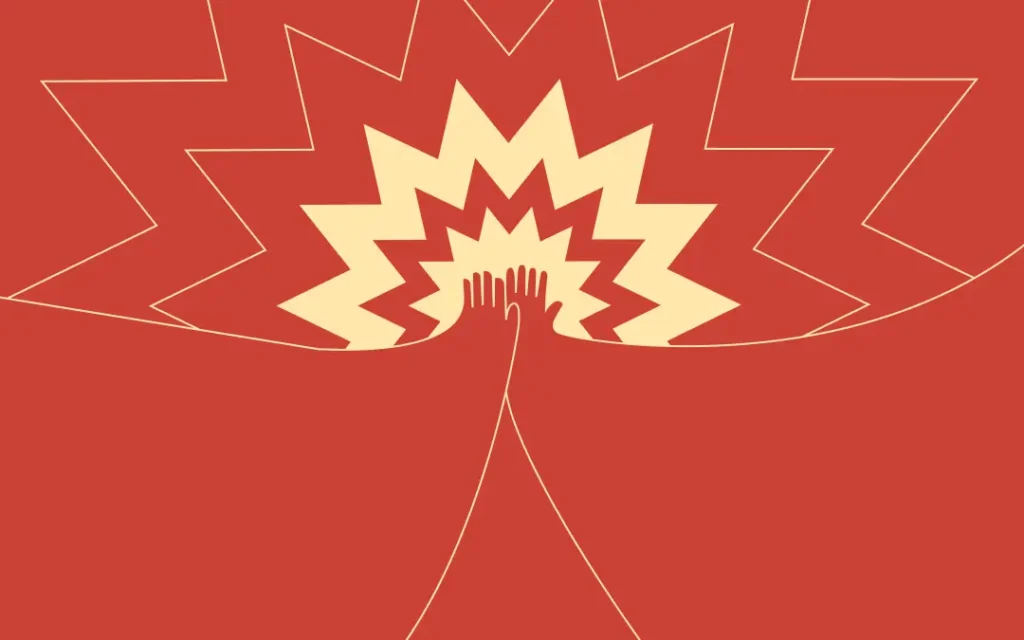The Key Difference Between Graphic Design and Branding
The Key Difference Between Graphic Design and Branding

Graphic Design vs. Branding
Brand is a dirty word. It’s misunderstood and misused by people in and out of the industry. Some people think it means a new logo. Others, an advertisement. And as a company that has “Brand” in its very name, we spend a fair amount of time educating exactly what this word means.
Today, we dive into a key distinction: the difference between graphic design and branding. That may seem basic, but you’d be surprised by how many projects are stymied by this lack of clarification. Understanding this distinction is a crucial first step in creating a visual identity that is both gorgeous and strategically informed.
Graphic Design Is the Skeleton
When thinking about what makes a brand, it’s natural to start with the visual cues: logos, headers, business cards, websites. In truth, these elements are only a very basic skeleton of what makes a strong brand.
Great designers are the guardians of your visual identity, taking great care to make sure that each element – colors, shapes, typography, and yes, the logo – is compelling and consistent across all environments. When done right, graphic design ensures that everything is cohesive and in its right place, like a proper working skeleton.
Branding Is the Body and Soul
But of course, a business can’t run on bones alone. To keep the metaphor going, branding is the entire fleshed out body. Not only one’s muscles and clothes, but one’s beliefs, behaviors, and personality. It’s everything from how your customer support answers the phone to the stock photography in your sales deck. Branding is any action a corporate body makes, and the art of branding is making that movement as deliberate and harmonious as possible.
Graphic design and branding are inextricably linked. Aesthetics mean nothing without a solid strategy, and a solid strategy means nothing if it can’t be expressed. As an agency, we constantly have to balance these two forces. Sometimes, that means choosing between something beautiful and something purposeful. In a perfect world, you’re able to get the best of both worlds, but at the end of the day, every decision must be made in service of adding depth to the brand.
Aesthetic vs. Function
So, how do you navigate those difficult conversations? It can be tough, especially when as many as 80% of entrepreneurs believe that graphic design and branding are the same things. While creative decisions will always feel subjective, it’s important to remember that branding goes far beyond the visual. It handles the entire customer experience on all levels, senses, and dimensions. No matter how technical or granular, no element is ever “just a mark” or “just a logo.” It’s a nuanced, interconnected system that is involved in an active conversation with your audience.
Simply put, graphic design feeds your brand, your brand feeds your business. If your visual elements are competing with one another, you’ll never win the competition for your customer’s attention.
Emotive Brand is a brand strategy and design firm in San Francisco.






